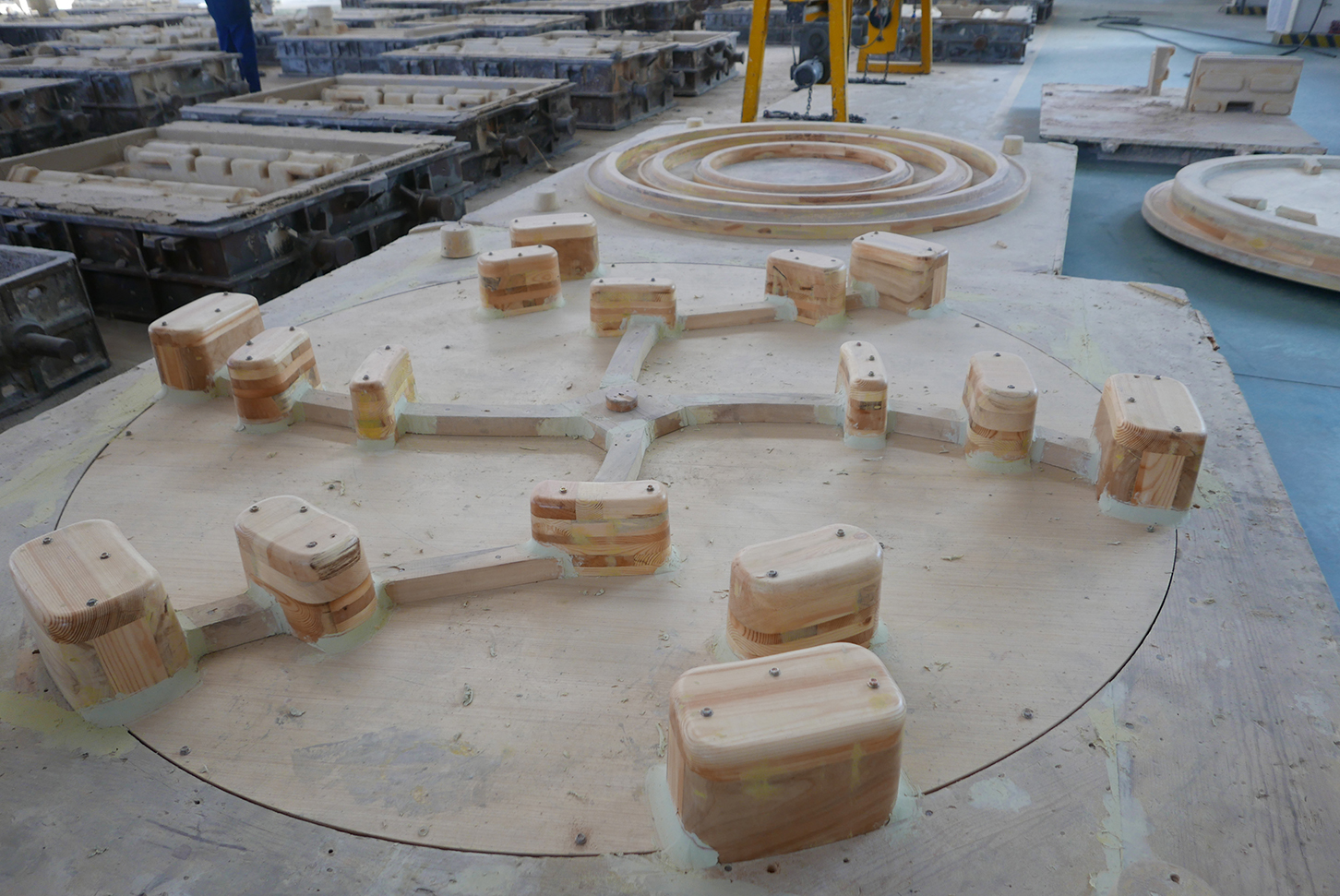- Afrikaans
- Albanian
- Amharic
- Arabic
- Armenian
- Azerbaijani
- Basque
- Belarusian
- Bengali
- Bosnian
- Bulgarian
- Catalan
- Cebuano
- China
- China (Taiwan)
- Corsican
- Croatian
- Czech
- Danish
- Dutch
- English
- Esperanto
- Estonian
- Finnish
- French
- Frisian
- Galician
- Georgian
- German
- Greek
- Gujarati
- Haitian Creole
- hausa
- hawaiian
- Hebrew
- Hindi
- Miao
- Hungarian
- Icelandic
- igbo
- Indonesian
- irish
- Italian
- Japanese
- Javanese
- Kannada
- kazakh
- Khmer
- Rwandese
- Korean
- Kurdish
- Kyrgyz
- Lao
- Latin
- Latvian
- Lithuanian
- Luxembourgish
- Macedonian
- Malgashi
- Malay
- Malayalam
- Maltese
- Maori
- Marathi
- Mongolian
- Myanmar
- Nepali
- Norwegian
- Norwegian
- Occitan
- Pashto
- Persian
- Polish
- Portuguese
- Punjabi
- Romanian
- Russian
- Samoan
- Scottish Gaelic
- Serbian
- Sesotho
- Shona
- Sindhi
- Sinhala
- Slovak
- Slovenian
- Somali
- Spanish
- Sundanese
- Swahili
- Swedish
- Tagalog
- Tajik
- Tamil
- Tatar
- Telugu
- Thai
- Turkish
- Turkmen
- Ukrainian
- Urdu
- Uighur
- Uzbek
- Vietnamese
- Welsh
- Bantu
- Yiddish
- Yoruba
- Zulu
Nov . 09, 2024 04:00 Back to list
Exploring the Benefits and Applications of Steel Castings in Various Industries
Understanding Steel Casting An Essential Manufacturing Process
Steel casting is a pivotal process in the manufacturing industry that involves the pouring of molten steel into a mold to produce complex shapes and structures. This method is highly valued for its ability to create components with intricate geometries, exceptional strength, and durability. As industries range from automotive to aerospace, construction, and heavy machinery, the applications of steel castings are vast and indispensable.
The Steel Casting Process
The steel casting process can be broken down into several key steps. It begins with the selection of the appropriate steel alloy, which is particularly important because the properties of the resulting casting will heavily depend on the chemical composition of the steel used. Common alloys include carbon steel, alloy steel, and stainless steel, each chosen for its unique characteristics depending on the end-use requirements.
Once the steel type is determined, the next step involves melting the raw material in a furnace. This can be done using electric arc furnaces or induction furnaces, depending on the specific needs of the manufacturing operation. The steel is heated to temperatures exceeding 1500 degrees Celsius (2730 degrees Fahrenheit), where it becomes a molten liquid.
Following the melting process, the molten steel is poured into pre-prepared molds. These molds are typically made from sand, metal, or ceramic materials, designed to withstand the high temperatures of the molten steel. The choice of mold influences the final properties of the casting, such as its finish and dimensional accuracy.
After the molten steel has poured into the mold, it begins to cool and solidify into the desired shape. This cooling process is critical, as it affects the microstructure and mechanical properties of the steel. Techniques such as controlled cooling can be applied to enhance performance characteristics further. Once fully solidified, the mold is broken away to reveal the casting, which may still require additional processing, such as machining, heat treatment, or surface finishing, to meet the precise specifications of the end product.
Advantages of Steel Casting
steel cast

Steel casting offers numerous advantages that make it a preferred choice in many applications. One of the most notable benefits is the ability to produce complex shapes that would be difficult, if not impossible, to achieve through traditional machining processes. This capability allows for significant design flexibility and innovation.
Furthermore, steel castings exhibit exceptional mechanical properties, including high tensile strength and toughness
. These traits are essential in environments where components face extreme stress and load conditions, such as in power generation equipment, transportation systems, and structural applications.Additionally, the cost-effectiveness of steel casting cannot be overlooked. While the initial setup costs can be higher due to mold creation and material preparation, the process allows for mass production with minimal waste. The ability to create large components in a single casting reduces the number of parts needed, which can significantly lower production costs and lead time.
Applications of Steel Casting
The applications of steel casting are extensive. In the automotive industry, for instance, cast steel components are used in everything from engines to chassis, contributing to the overall performance and safety of vehicles. In the construction sector, steel castings are essential for structural components such as beams and girders, ensuring the integrity and stability of buildings and bridges.
Additionally, the oil and gas industry relies heavily on steel castings for valves, pumps, and other critical components that withstand harsh environments. The aerospace sector also benefits from steel castings, utilizing high-strength steel components in aircraft engines and landing gear systems.
Conclusion
In conclusion, steel casting is a fundamental manufacturing process that plays a crucial role in various industries. Its ability to produce complex shapes with high mechanical properties, coupled with cost-effective production methods, makes it an invaluable technique in modern manufacturing. As technology advances and industries evolve, the significance of steel casting will undoubtedly continue to grow, paving the way for innovative applications and solutions in an increasingly demanding market.
-
Premium Cast Iron Water Main Pipe: Durable, Corrosion-Resistant
NewsAug.03,2025
-
Durable Cast Iron Water Mains | AI-Optimized Systems
NewsAug.02,2025
-
High-Efficiency Propane Boiler for Baseboard Heat | Save Energy
NewsAug.01,2025
-
Premium Source Suppliers for Various Gray Iron Castings
NewsJul.31,2025
-
Durable Cast Iron Water Main Pipes | Long-Lasting
NewsJul.31,2025
-
High-Quality Cast Iron Water Main Pipe for Durable Infrastructure
NewsJul.30,2025


